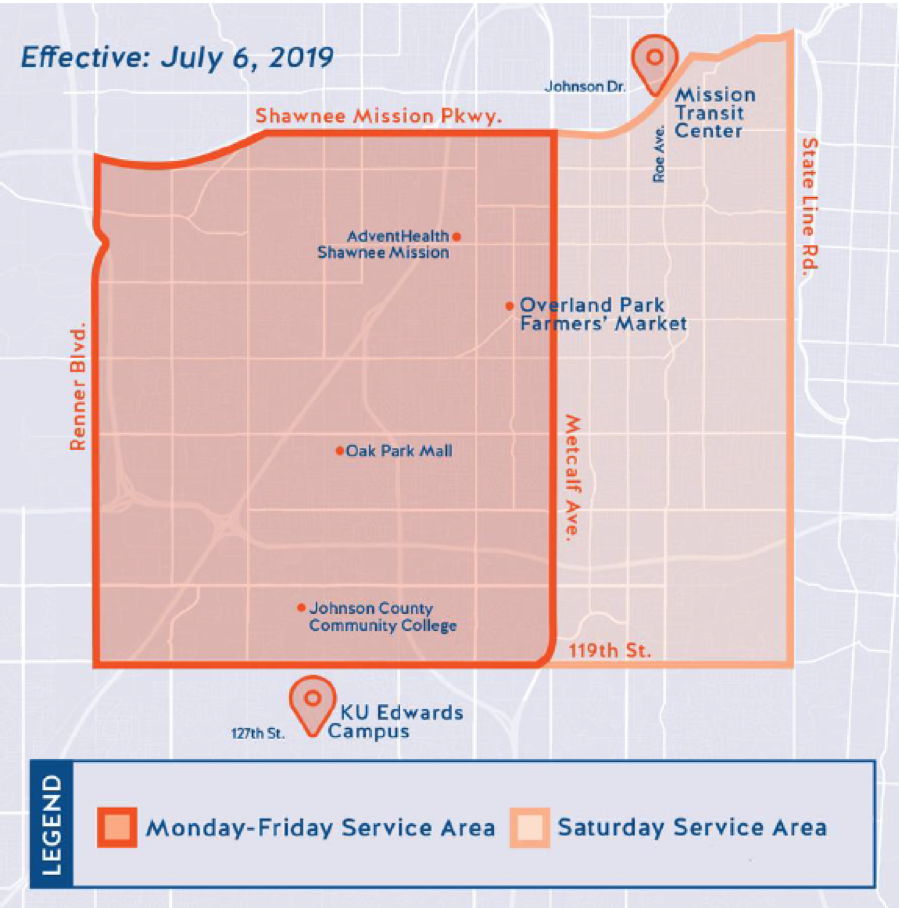Changing travel behavior and customer expectations are some of the main factors driving rapid innovation in the mobility ecosystem. Throughout the US, transit agencies are choosing to meet these demands with new service delivery models, such as microtransit. As transit agencies innovate, they must ensure that all customers are benefitting from new on-demand offerings.
This past May, over 40 participants from different transit agencies convened at the National Center for Mobility Management (NCMM) Peer Exchange during the American Public Transportation Association’s (APTA) 2019 Mobility Conference in Louisville, Kentucky to discuss microtransit.
Microtransit is a form of transportation provided by a transit agency using their own vehicles and personnel or using a traditional contractor. Microtransit is on-demand service available to the general public. Transit agencies are embracing microtransit as part of their mobility management strategies that are designed and delivered to enhance customer service.
Paratransit is required by the Americans with Disabilities Act for individuals with disabilities who are unable to use fixed-route transportation systems. Microtransit can enhance paratransit by serving all customers and using dynamically generated routes.
Accessible microtransit was a highlight of APTA’s recent TRANSform Annual Meeting. The session titled “Microtransit: On-Demand and Open to All” featured presentations from three transit agencies: Orange County Transportation Authority (OCTA), Kansas City Area Transportation Authority (KCATA), and Metropolitan Transportation Authority (MTA) in NYC.

These three agencies are some of many transportation providers planning or currently deploying microtransit operations to decrease wait times and offer on-demand options for customers. These new technologies are developed and deployed to benefit the most customers, especially customers who face accessibility challenges.
KCATA is using microtransit as a service integrator. The agency has embraced microtransit services to provide better first and last-mile connections in their largely rural service area. Program administrators have found that many customers use their new microtransit services to connect to existing fixed routes. The short response, on-demand, and flexible service empowers customers with more mobility freedom.
Successful microtransit service is proving to revolutionize transit by offering a quicker and more flexible option for customers. Transit agencies that can innovate with these new types of services are able to provide a better customer experience for all riders and ensure accessibility as new mobility options proliferate.
Image Credit: Danny Drees

